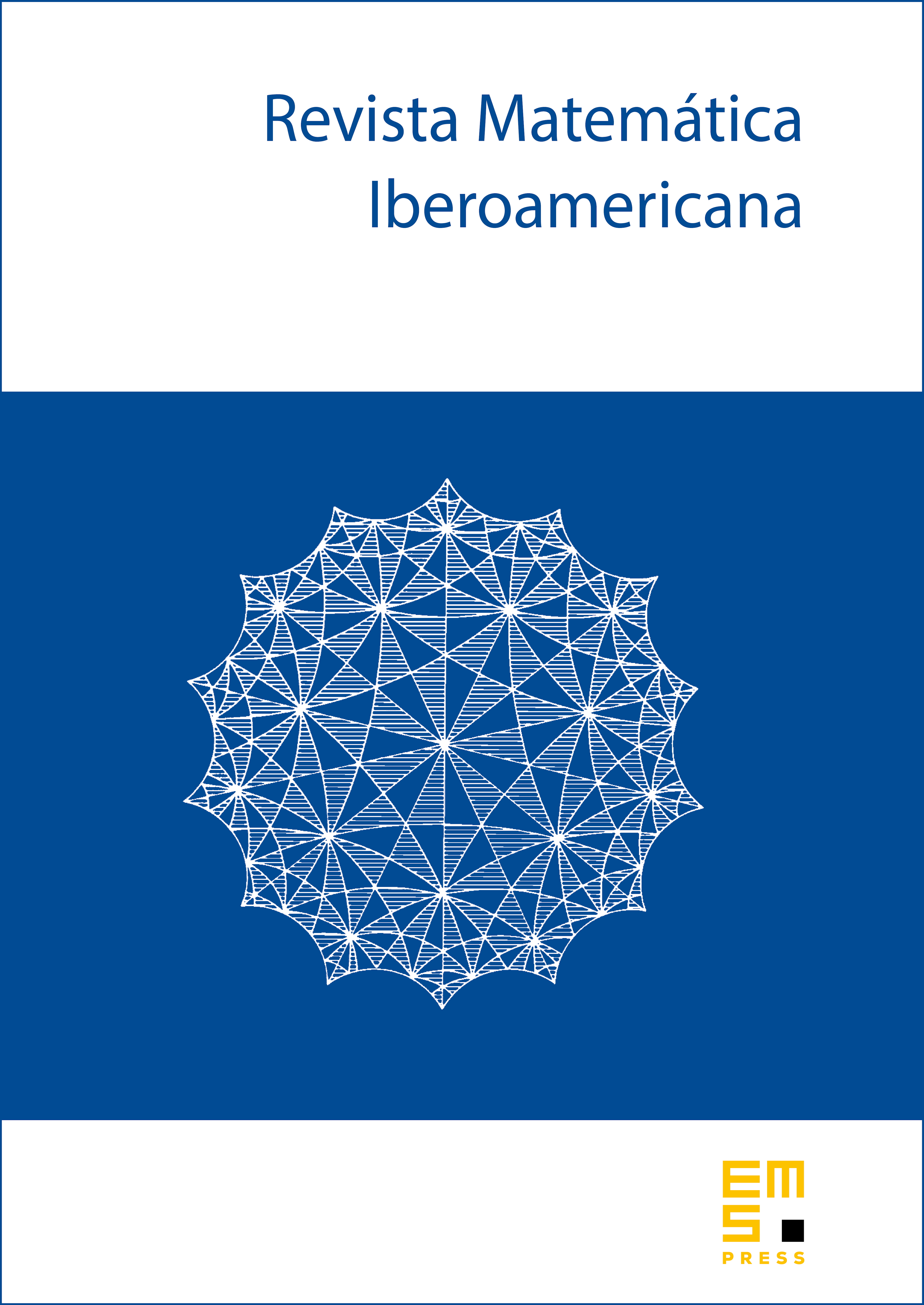Threshold solutions for the nonlinear Schrödinger equation
Luccas Campos
Universidade Federal de Minas Gerais (UFMG), Belo Horizonte; Universidade Estadual de Campinas (UNICAMP), BrazilLuiz Gustavo Farah
Universidade Federal de Minas Gerais (UFMG), Belo Horizonte, BrazilSvetlana Roudenko
Florida International University (FIU), Miami, USA

Abstract
We study the focusing NLS equation in in the mass-supercritical and energy-subcritical (or intercritical ) regime, with data at the mass-energy threshold , where is the ground state. Previously, Duyckaerts–Merle studied the behavior of threshold solutions in the -critical case, in dimensions , later generalized by Li–Zhang for higher dimensions. In the intercritical case, Duyckaerts–Roudenko studied the threshold problem for the 3d cubic NLS equation.
In this paper, we generalize the results of Duyckaerts–Roudenko for any dimension and any power of the nonlinearity for the entire intercritical range. We show the existence of special solutions, , besides the standing wave , which exponentially approach the standing wave in the positive time direction, but differ in its behavior for negative time. We classify solutions at the threshold level, showing either blow-up occurs in finite (positive and negative) time, or scattering in both time directions, or the solution is equal to one of the three special solutions above, up to symmetries. Our proof extends to the -critical case, thus, giving an alternative proof of the Li–Zhang result and unifying the critical and intercritical cases.
These results are obtained by studying the linearized equation around the standing wave and some tailored approximate solutions to the NLS equation. We establish important decay properties of functions associated to the spectrum of the linearized Schrödinger operator, which, in combination with modulational stability and coercivity for the linearized operator on special subspaces, allows us to use a fixed-point argument to show the existence of special solutions. Finally, we prove the uniqueness by studying exponentially decaying solutions to a sequence of linearized equations.
Cite this article
Luccas Campos, Luiz Gustavo Farah, Svetlana Roudenko, Threshold solutions for the nonlinear Schrödinger equation. Rev. Mat. Iberoam. 38 (2022), no. 5, pp. 1637–1708
DOI 10.4171/RMI/1337